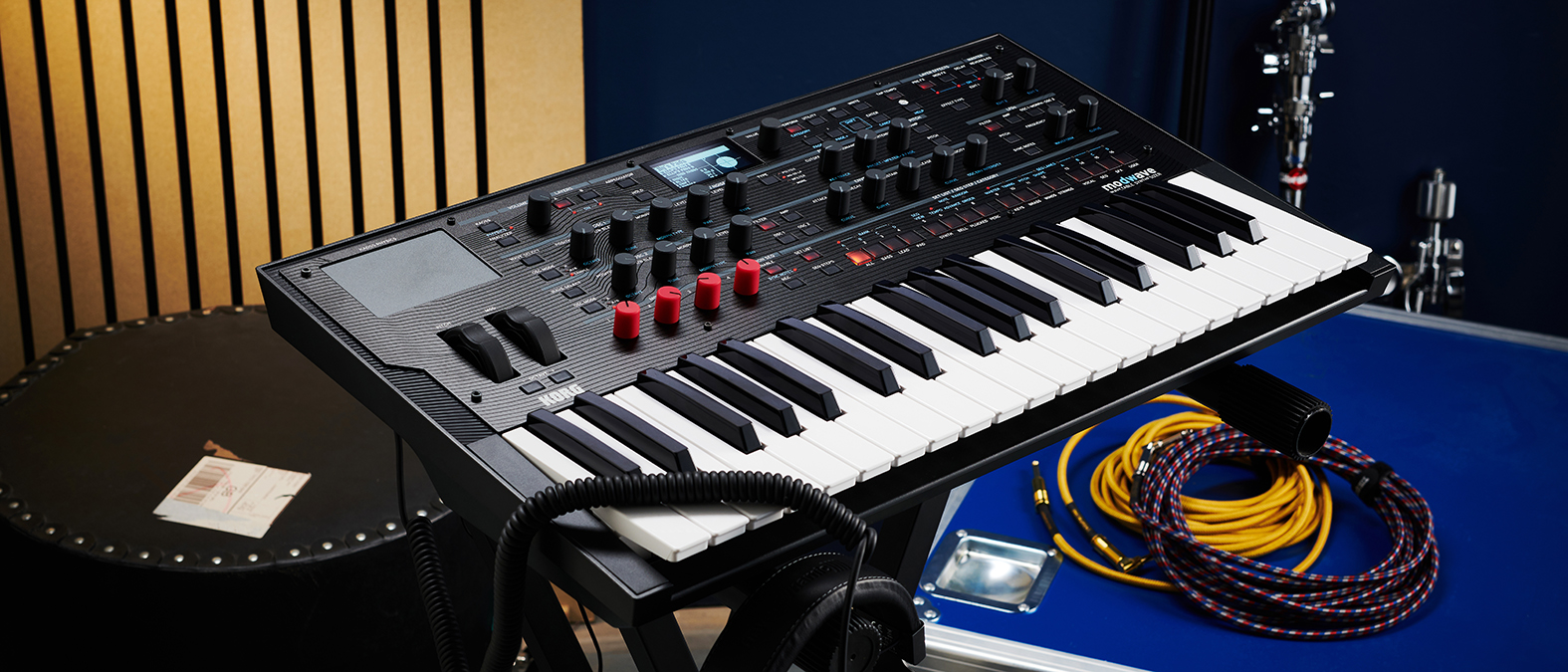MusicRadar Verdict
Modwave is far from the only wavetable game in town, but it sets itself apart with unique tools and a few added gimmicks.
Pros
- +
Deep sound engine with copious options for manipulating and morphing wavetables.
- +
Filters and effects sound great.
- +
Plenty of sample content and excellent presets.
Cons
- -
Kaoss Physics is fun but gimmicky.
- -
Not quite as unique as the Wavestate or Opsix.
MusicRadar's got your back
What is it?
Modwave is the third of Korg’s recent line of digital synths, kicked off in early 2020 with Wavestate and expanded a few months later by Opsix. The Modwave follows a similar blueprint to those two; again, an all-digital instrument that wears its DSP-power on its sleeve.
All three synths present a modernised take on some of the synthesis concepts pioneered in the ’80s and ’90s. With the Wavestate, that involved updating the wave sequencing synthesis of Korg’s own Wavestation, while Opsix expanded on the FM format popularised by Yamaha’s DX series. For Modwave the focus is on wavetable synthesis.
The design is, at least according to Korg, loosely based on the company’s cult classic DW-8000, although aside from the broad concept and some DW waveforms there’s not that much to link the two. It’s to Modwave’s credit that it offers so many updates to the format that it feels no more like a clone of the DW-8000 than it does any other wavetable synth.
The hardware itself is similar to its siblings. As with those, Modwave is remarkably light for its size. Despite this, though – and the abundance of plastic in the build – it’s sturdy and neither looks nor feels cheap.
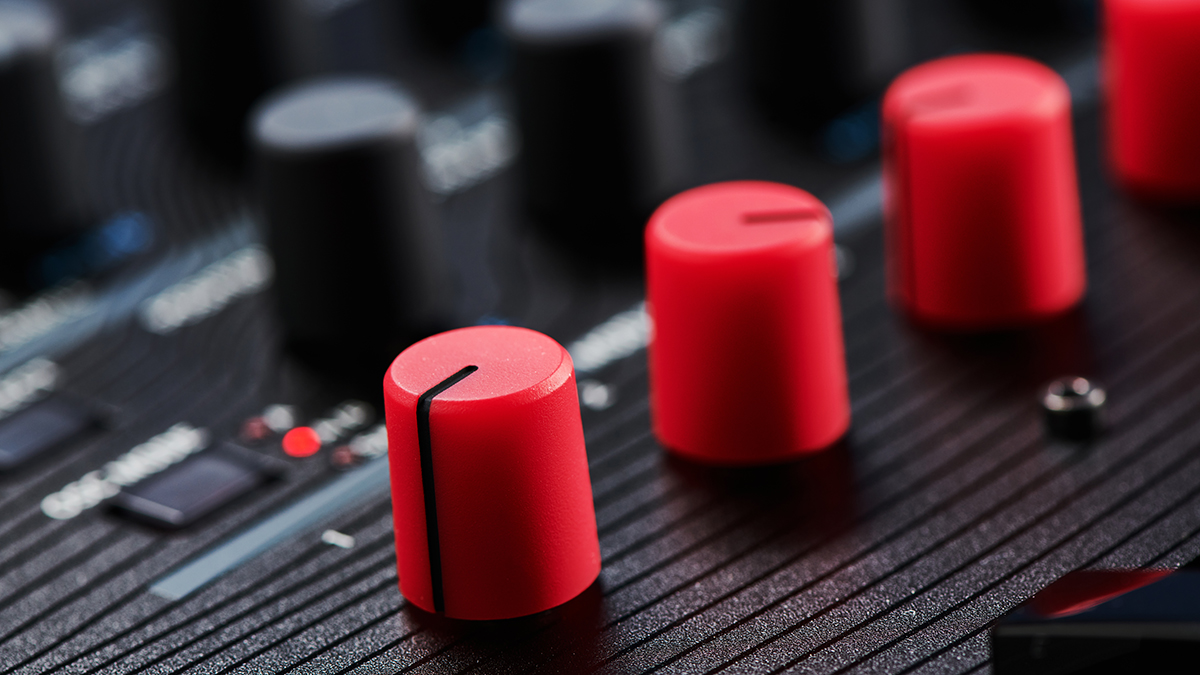
There’s a full-sized three-octave keyboard that feels decent but, as with Wavestate and Opsix, lacks aftertouch, despite the fact the synth can respond to poly aftertouch from an external controller. I/O is standard: a stereo pair of jacks for the main output, plus a rear-panel headphone port. A damper input allows for pedal control, while MIDI in/out and USB round out the connectivity.
The sound engine here is dual-layered and 32-voice polyphonic. Layers A and B can each contain a full sound, including effects and an arpeggiator, and can be blended or assigned velocity or keyboard zones. Each layer can also be configured to respond to a separate MIDI channel.
Programs within each layer use two wavetable oscillators, each of which can make use of over two hundred stock wavetables. There are, in fact, three different modes for each oscillator – a single wavetable mode, an A/B mode, where oscillators can blend between two wavetables, and a sample mode, making use of straightforward multisamples.
There are numerous ways in which users can manipulate each wavetable, including a position setting, for scanning through frames, along with Modifier and Morph tools.
World in motion
Modwave is equipped with a 64-step sequencer labelled ‘Motion Sequencing 2.0’. In a nutshell, this provides individual sequencing lanes for pitch, timing and recorded movements of up to four parameter.
As a result, it can be used either like a simple step sequence – by recording patterns live or inputting them offline – or as a more complex polyrhythmic generator, where parameters and timings change independently of sequenced notes. You can set loops and repeats for each lane too, and apply probabilities. There’s a further ‘shape’ lane to the sequencer too, which can sequence envelope-like contours for each step, to then be applied to other sequencer lanes. Like much of Modwave’s design, it has a lot of potential to explore, but can be used more instantaneously too.
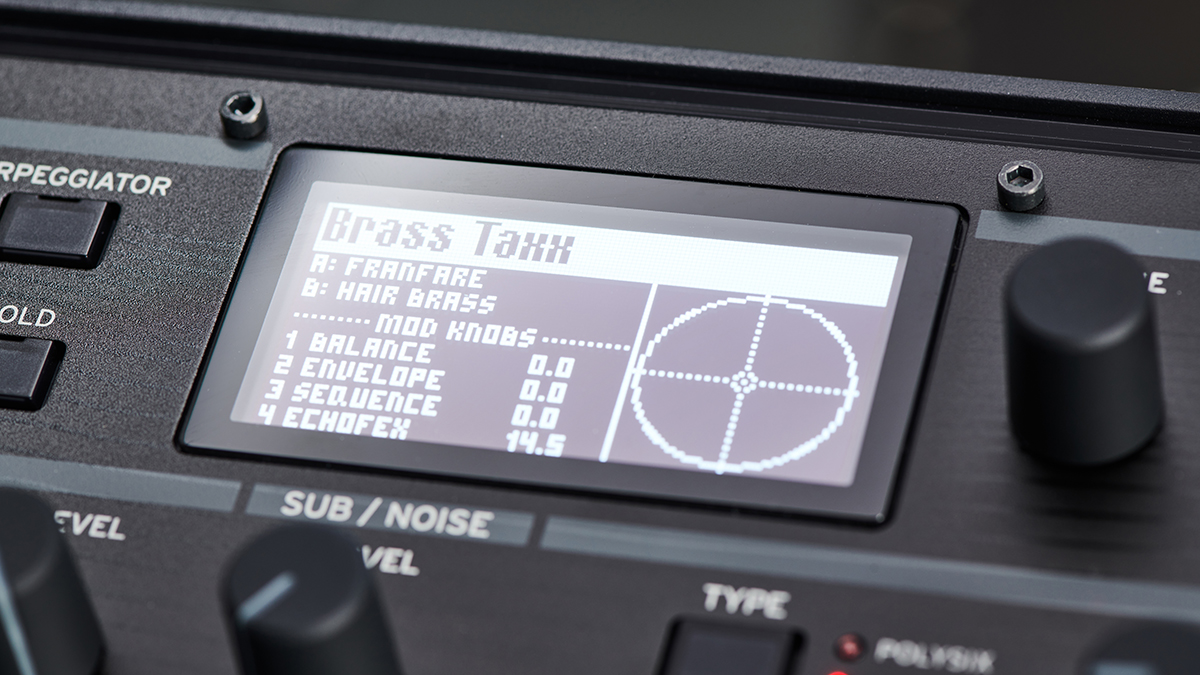
Performance and verdict
Modifiers offer ways to alter wavetables as they’re loaded into an oscillator. There are more than 25 modes here, ranging from options that remove harmonics – such as cutting all odd or even harmonics, or skipping every third harmonic – to modes that apply fades to each wave, reverse wavetable position, apply clipping, or cut/boost the volume of either specific harmonics or the wavetable as a whole.
There are vintage modes too, which reduce the bit rate and add aliasing to ape the quality of classic wavetable synths.
On top of these static alterations, the Morph function provides a number of ways to fluidly reshape the oscillator waveforms in real-time. Options here include sync – using an additional ‘phantom’ oscillator – stretch, mirror, flip and narrow.
These let users draw out or compress the waveform, with results often akin to classic hard sync or pulse width modulation effects. Osc 2 includes additional Morph modes, which add FM, AM and ring mod into the mix.
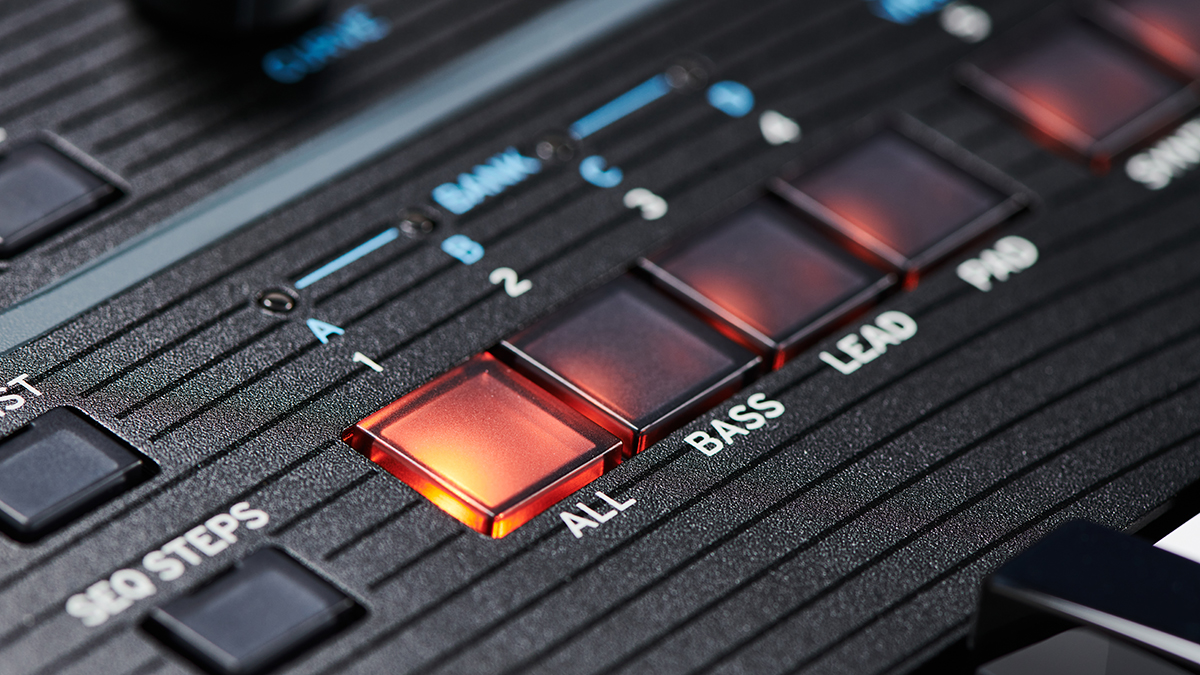
All of this is on top of the fact that, as mentioned, each oscillator can load two separate wavetables and blend between them. Note that this process isn’t simply crossfading, but will combine the characteristics of waveforms A and B. This blend is applied on top of any Modifier, meaning you can blend between modified and unmodified versions of a sound, then further reshape a sound by morphing that blended combo.
You could overlook the oscillator’s sample mode as a poor relation of the wavetable capabilities, but it’s actually a nice inclusion that adds a new dimension. Pairing a modulated wavetable sound with a sampled one is a nice way to flesh out body.
An additional noise/sub-oscillator rounds out the sound generation tools. This can add either a square or triangle wave or one of five types of noise, including exceptionally gritty Speckled and Saturated noise types.
Arguably it’s a shame having to choose between a sub-oscillator and noise, but I didn’t really find this a problem in practice. It all adds up to some very creative sound generation tools, allowing the user to conjure all sorts of timbres and harmonics, even before filters or effects.
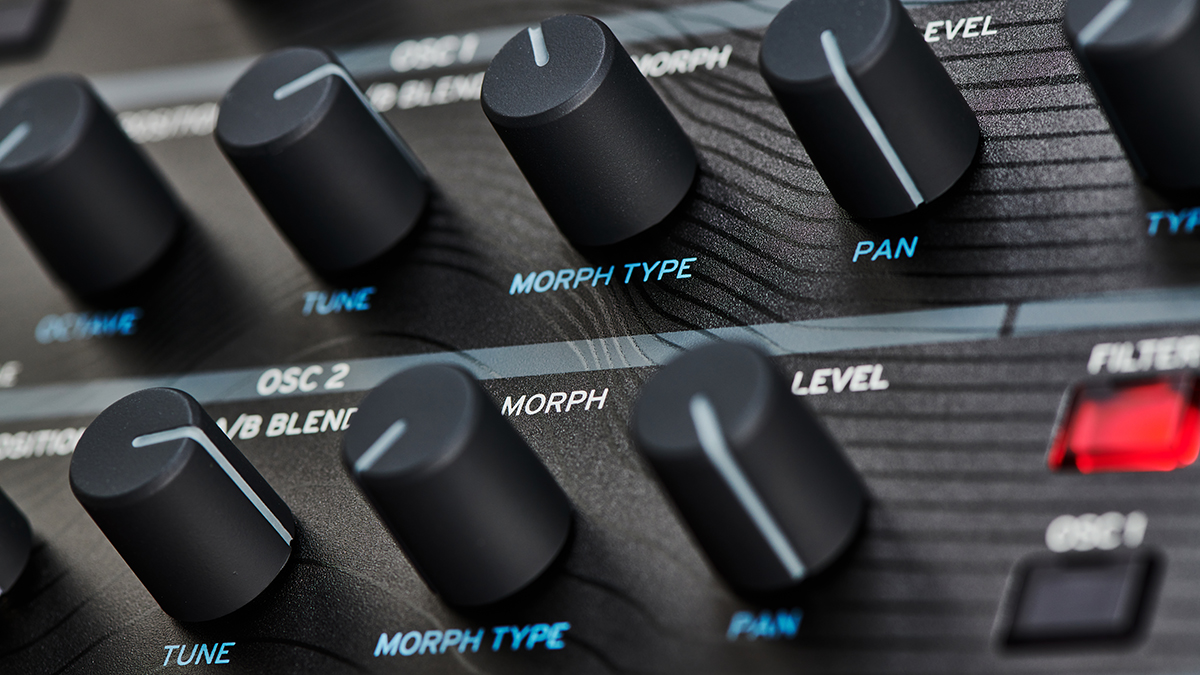
On that front, Modwave features the same digital filter found on Wavestate and Opsix. This offers emulations of the circuits found on the MS-20 and Polysix, plus an assortment of generic 2- and 4-pole designs and a customisable multifilter. As before, they sound great and provide plenty of flexibility.
The digital effects are similar to those on Modwave’s siblings too, with three effect slots per layer – for Pre FX, Mod FX and Delay – plus a global Reverb/EQ slot. The excellent randomiser tool makes a return here too, letting users auto-generate with whole or partial patches.
Movement is at the heart of Modwave’s character, and it’s fittingly well-stocked with modulation tools. There are four ADSR envelopes, for the filter, amp and one for each oscillator, matched by five multimode LFOs for the filter, amp, pitch and oscillators 1 and 2.
For hands-on control, the synth’s front panel features a mod wheel and four freely assignable Mod Knobs, which can act as macros for making big sound adjustments on the fly.
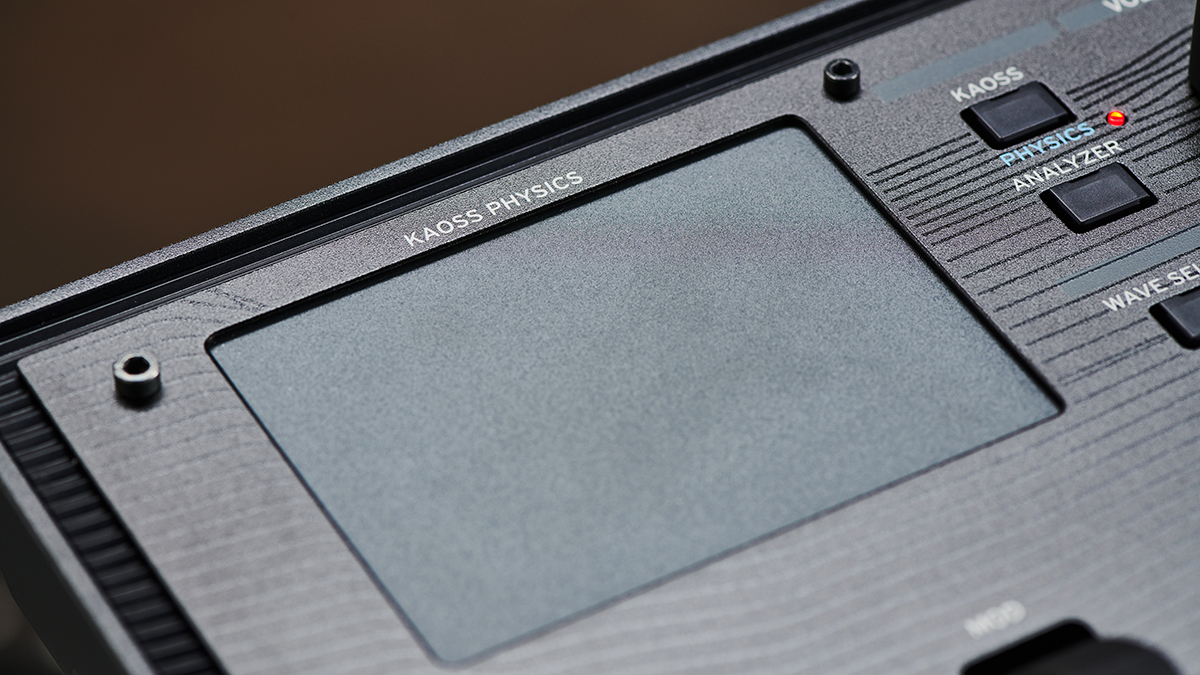
The Modwave’s headline modulation tool, however, is its Kaoss Physics generator. It’s like Korg’s classic Kaoss Pad, but it’s more than a simple X/Y pad controller. While you can assign different parameters to the X and Y axis, modulation makes use of a virtual ‘ball’ which users can launch with a swipe of a finger, causing it to bounce around the modulation vector.
There’s plenty of control over the responsiveness of these virtual physics, like the ability to control the level of friction, set what happens when the ball connects with a wall, and add a virtual ‘hill’ or ‘dip’ to repel or attract the ball.
It’s masses of fun to play with if perhaps a little gimmicky. It’s the sort of feature I wonder if I’d end up using in the long run, although with careful setup it might become a fun performance tool. You could also use the pad as a more straightforward X/Y controller, which is far less sexy, but maybe more useful in the long run.
Modulation is controlled by the same matrix system found on Wavestate and Opsix. There’s a smart touch-to-assign function that makes it easy to set up routings on the go. Going deeper in the modulation menu, you can apply additional modulation sources to each routing, and add modulation processors that can apply rules to switch between two modulation sources.
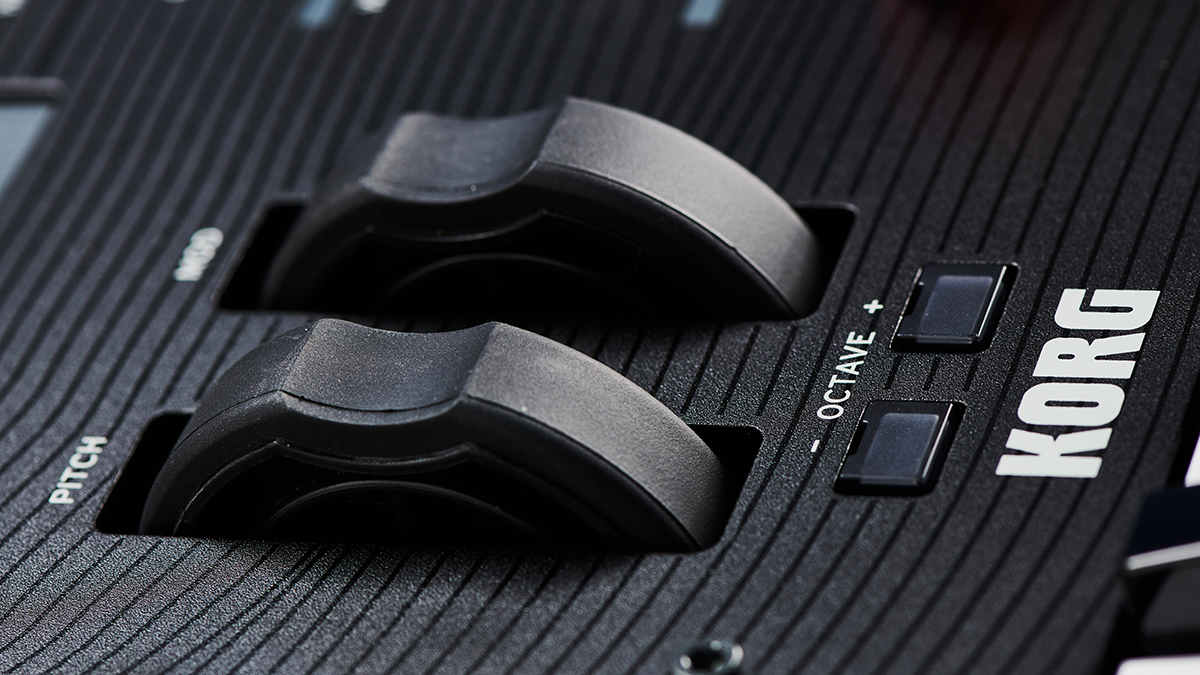
It’s all very powerful, though keeping track of everything using the small screen and multi-page menu can get confusing. The software editor/librarian could come in handy on this front. That desktop application also lets users upload their own wavetable and sample content, so has the potential to expand Modwave significantly.
As with Wavestate or Opsix, it all combines into a very powerful instrument with a remarkable depth for the price. There’s enough potential that you could happily ignore half the features and still find copious depths of sound design inspiration.
Another top-quality entry to Korg’s growing digital synth line then, although probably my least favourite so far. There’s nothing wrong here, but compared to its counterparts, which are both very distinctive, there’s more competition in the wavetable sphere. Modal’s Argon8, for example, is a comparatively-price take on similar ideas.
That said, this is certainly the most versatile of the three, able to do convincing analogue impressions alongside oddball digital textures and nice percussive sounds. Another powerful, impressive instrument.
MusicRadar verdict: Modwave is far from the only wavetable game in town, but it sets itself apart with unique tools and a few added gimmicks
Hands-on videos
Mylar Melodies
Loopop
Korg
Specifications
- 37 keys (velocity and release-velocity sensitive)
- 32 stereo voices
- Mod Wheel, Pitch Wheel, Kaoss Physics, 4x Mod Knobs
- 4x Envelopes, 5x LFOs, 2x Mod Processors, 2x Key Track, Seq Lanes A-D, Step Pulse, Tempo, Program/Performance Note Count, Program/Performance Voice Count, Poly Legato, Velocity, Exponential Velocity, Release Velocity, Gate, Gate+Damper, Note-On Trigger, Note-On Trigger+Damper, Note Number, Aftertouch and Poly Aftertouch (external MIDI only), MIDI CCs +/-, MIDI CCs +
- Pre FX: Decimator, Graphic EQ, Guitar Amp, Modern Compressor, Parametric EQ, Red Compressor, Ring Modulator, Tremolo, Wave Shaper
- Post FX: Black Chorus/Flanger, Black Phase, CX-3 Vibrato Chorus, EP Chorus, Harmonic Chorus, Modern Chorus, Modern Phaser, Orange Phase, Polysix Ensemble, Small Phase, Talking Modulator, Vintage Chorus, Vintage Flanger, Vintage/Custom Wah, Vox Wah
- Delay: L/C/R Delay, Multiband Mod Delay, Reverse Delay, Stereo/Cross Delay, Tape Echo
- Master reverb: Early Reflections, Overb
- 4-band parametric EQ
- I/O: Headphone (6.3 mm stereo phone jack), OUTPUT L/MONO and R (impedance-balanced 6.3 mm TRS phone jacks), DAMPER (6.3 mm phone jack, half-damper not supported), MIDI IN and OUT connectors, USB B port
- Contact: Korg
I'm the Managing Editor of Music Technology at MusicRadar and former Editor-in-Chief of Future Music, Computer Music and Electronic Musician. I've been messing around with music tech in various forms for over two decades. I've also spent the last 10 years forgetting how to play guitar. Find me in the chillout room at raves complaining that it's past my bedtime.
“Excels at unique modulated timbres, atonal drones and microtonal sequences that reinvent themselves each time you dare to touch the synth”: Soma Laboratories Lyra-4 review
“I used everything I knew about music”: How Green Day exceeded expectations with their most ambitious song
YouTube just added AI tools that makes musicians, library music and video editors redundant
